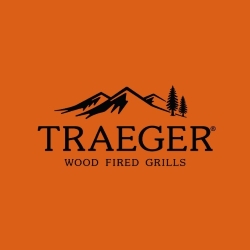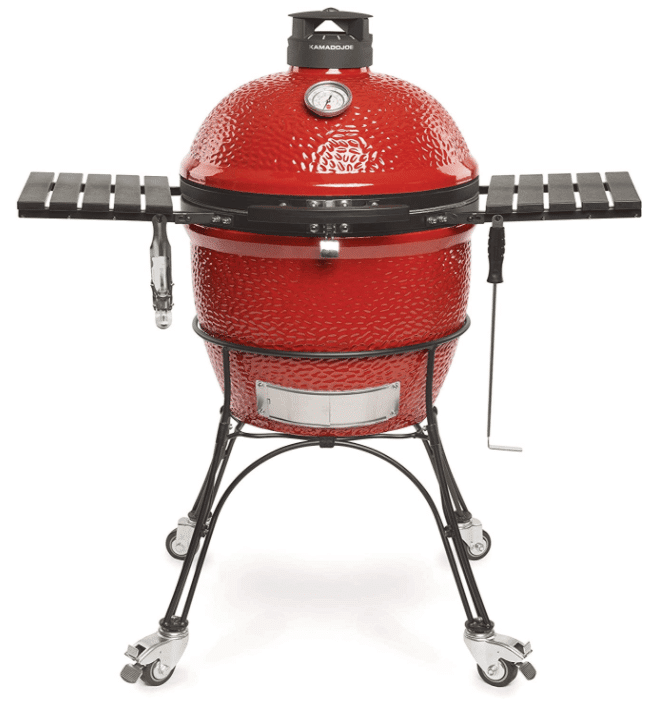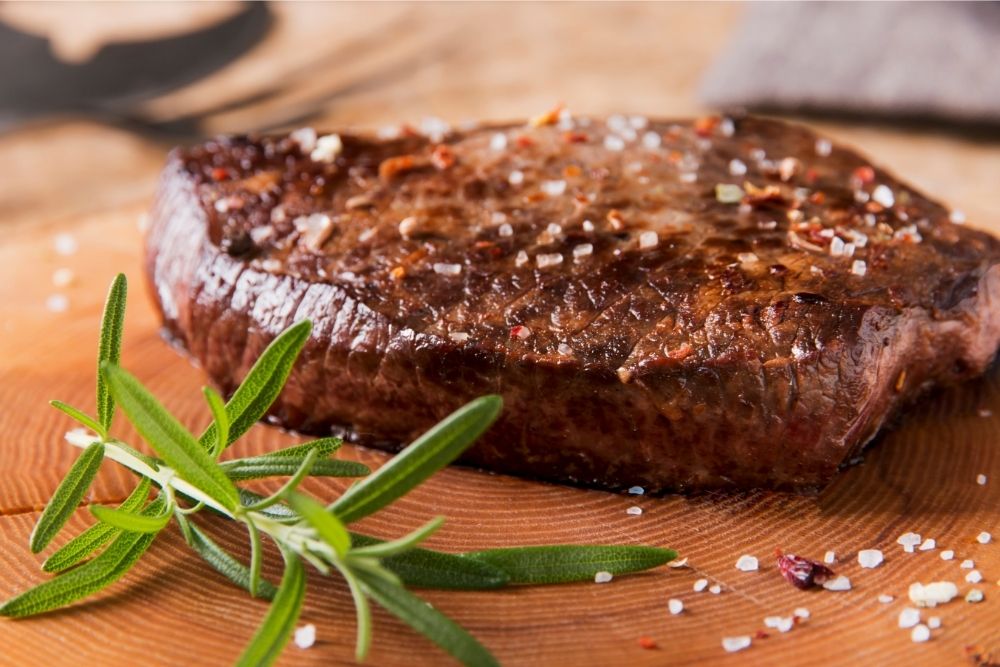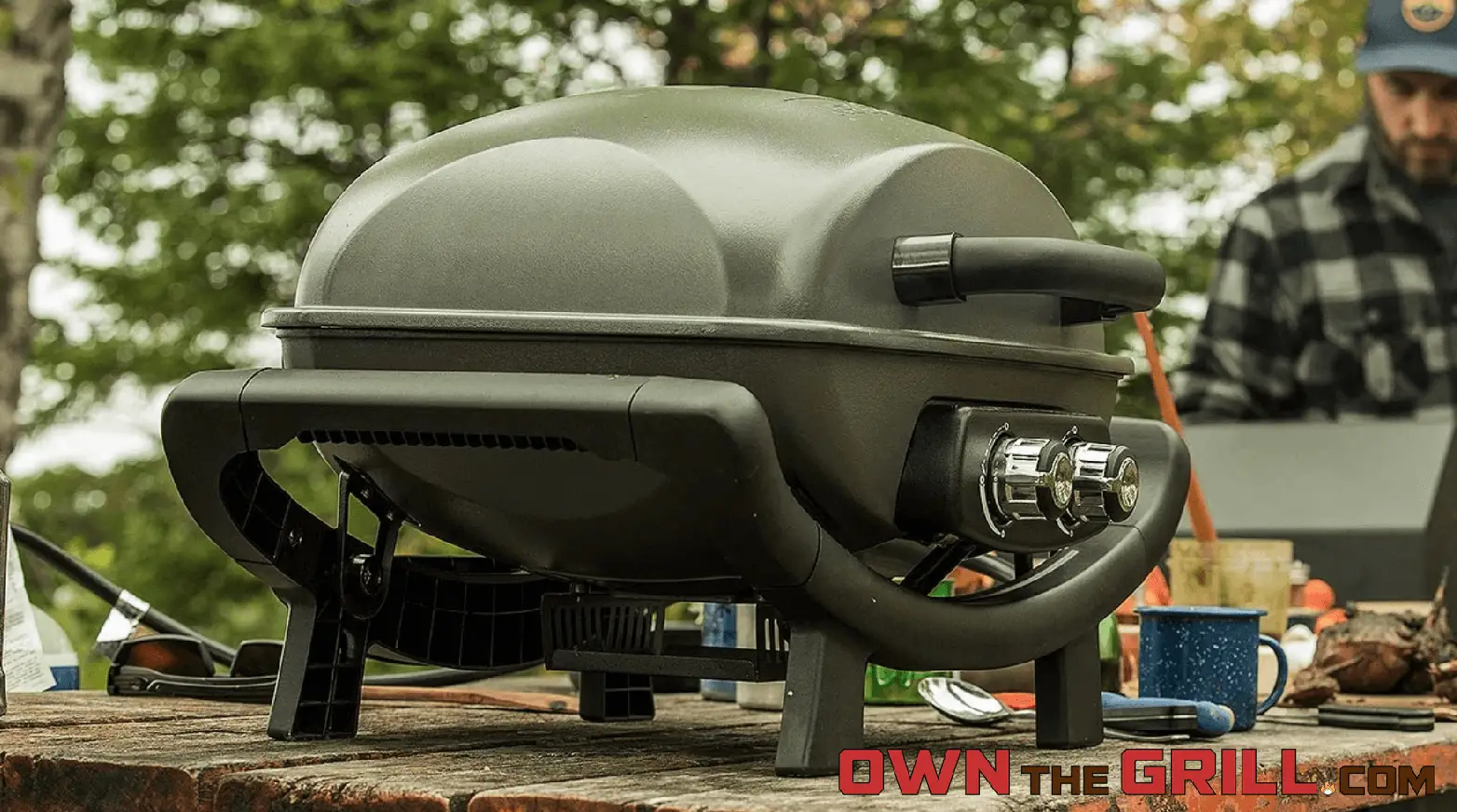Choosing the right grill can significantly enhance your outdoor cooking experience. With a variety of options available, understanding the features, benefits, and considerations of each type is essential. This comprehensive guide explores the different types of grills, providing detailed insights to help you select the perfect grill for your culinary needs.
Gas Grills
Overview:
Gas grills are celebrated for their convenience and efficiency, making them a popular choice among grilling enthusiasts. They operate using either propane or natural gas, offering quick ignition and precise temperature control. They are ideal for cooks who prioritize convenience without sacrificing quality.
Key Features:
- Fuel Source: Utilize propane tanks or natural gas lines.
- Ignition System: Equipped with push-button or electronic ignition for easy startup.
- Temperature Control: Multiple burners with individual controls allow for versatile cooking zones.
- Cooking Surface: Typically feature cast iron or stainless steel grates.
Pros:
- Ease of Use: Quick startup and straightforward temperature adjustments.
- Consistent Heat: Provides even cooking temperatures across the grilling surface.
- Low Maintenance: Simplified cleaning process without ash residue.
Cons:
- Flavor Profile: Lacks the smoky flavor associated with charcoal grills.
- Mobility: Natural gas models are stationary due to fixed gas lines.
Top Recommendation:
Weber Spirit II E-310:
This model features three burners, offering ample cooking space and consistent performance. Its user-friendly design and durable construction make it a favorite among both beginners and seasoned grillers.
Charcoal Grills
Overview:
Charcoal grills are renowned for imparting a rich, smoky flavor to foods. They require charcoal briquettes or lump charcoal as fuel, appealing to traditionalists who enjoy a hands-on grilling experience. Ideal for enthusiasts who appreciate the grilling process as much as the food itself.
Key Features:
- Fuel Source: Charcoal briquettes or lump charcoal.
- Temperature Control: Managed through adjustable air vents and charcoal placement.
- Cooking Surface: Often equipped with steel or cast iron grates.
Pros:
- Enhanced Flavor: Delivers the quintessential smoky taste.
- High Heat Output: Ideal for searing meats.
- Affordability: Generally more cost-effective than gas grills.
Cons:
- Preparation Time: Longer startup due to charcoal ignition.
- Cleanup: Ash disposal can be labor-intensive.
Top Recommendation:
Weber Original Kettle Premium 22-Inch:
A timeless design that offers excellent heat control and durability. Its built-in ash catcher simplifies cleanup, enhancing user convenience.
Pellet Grills
Overview:
Pellet grills combine the flavors of wood smoking with the convenience of modern technology. They use compressed wood pellets as fuel and are equipped with digital controllers for precise temperature management. Pellet grills are perfect for those who seek authentic smoky flavor combined with ease of use.
Key Features:
- Fuel Source: Food-grade wood pellets.
- Temperature Control: Digital interfaces allow for set-and-forget cooking.
- Versatility: Capable of grilling, smoking, baking, and roasting.
Pros:
- Flavor Variety: Different wood pellets offer diverse flavor profiles.
- Convenience: Automated feeding systems maintain consistent temperatures.
- Versatile Cooking: Suitable for various cooking methods beyond grilling.
Cons:
- Cost: Higher initial investment compared to other grill types.
- Maintenance: Regular cleaning of pellet hopper and auger system required.
Top Recommendation:
Traeger Ironwood XL:
Offers a spacious cooking area and user-friendly features, making it ideal for both beginners and seasoned grillers. Its consistent performance ensures delicious results every time.
Kamado Grills
Overview:
Kamado grills are egg-shaped, ceramic cookers known for their exceptional heat retention and versatility. They can be used for grilling, smoking, baking, and even pizza making. Perfect for grilling enthusiasts who love to experiment with different cooking styles.
Key Features:
- Construction: Thick ceramic walls provide superior insulation.
- Temperature Range: Capable of maintaining low temperatures for smoking or high heat for searing.
- Fuel Efficiency: Requires less charcoal due to excellent heat retention.
Pros:
- Versatility: Suitable for a wide range of cooking styles.
- Durability: Robust construction ensures longevity.
- Flavor Preservation: Maintains moisture and enhances food flavor.
Cons:
- Weight: Heavy and less portable than other grill types.
- Learning Curve: Temperature adjustments may require practice.
Top Recommendation:
Kamado Joe Classic II:
Features a multi-level cooking system and excellent heat retention, providing versatility for various cooking methods. Its innovative design enhances the overall grilling experience.
- Can easily grill, smoke, bake, roast, and more
- Ceramic shell can maintain temperature range of 225-750ºF
- Abundance of accessories & add-ons available to enhance cooking set up
Electric Grills
Overview:
Electric grills offer a convenient solution for those with limited outdoor space or restrictions on open flames. They require an electrical outlet and are suitable for indoor or balcony use. Ideal for urban dwellers who still want to enjoy grilling at home.
Key Features:
- Power Source: Standard electrical outlet.
- Temperature Control: Adjustable thermostats for precise heat settings.
- Portability: Often lightweight and compact.
Pros:
- Indoor Use: Safe for indoor grilling where gas or charcoal grills may not be permitted.
- Convenience: Simple plug-and-play operation with minimal setup.
- Easy Cleanup: Non-stick surfaces and minimal residues.
Cons:
- Limited Flavor: Does not provide traditional smoky or charred flavors.
- Heat Output: May not achieve the high temperatures needed for searing.
Top Recommendation:
Weber Q 2400 Electric Grill:
Compact and powerful, this grill provides ample cooking space for small gatherings, heats evenly, and cleans up quickly.
Discover more from Own The Grill
Subscribe to get the latest posts sent to your email.









